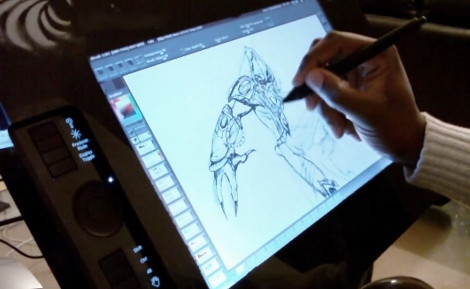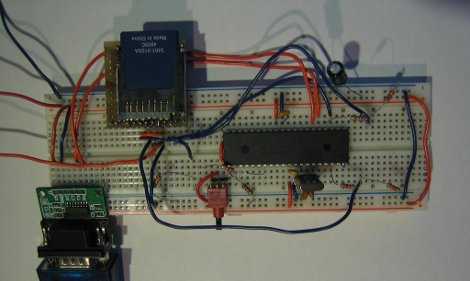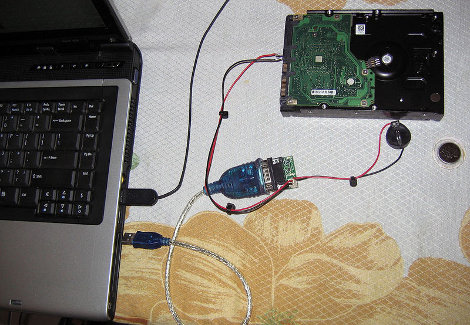
[Lesa Wright] just started selling enclosure kits used to convert a Wacom tabet into a Cintiq clone. You need to start with your own Wacom tablet, there are kits for four different models. You’ll also need to track down some other parts: a compatible laptop LCD screen, controller kit, and some cable extenders. From there, the kit takes over, with several pieces of laser-cut acrylic needing to be glued together properly, then a surprising number of spacers need to be cut from foam board in order to mount everything..
The kits come in at around $225. That might seem a bit steep since you need to bring your own electronics to the party, but have you checked out the price of the original Cintiq? You can expect to drop about twelve-hundred bones on a ready-to-use model. Before you take the dive, you should watch their collection of assembly videos, it’s quite a process.













